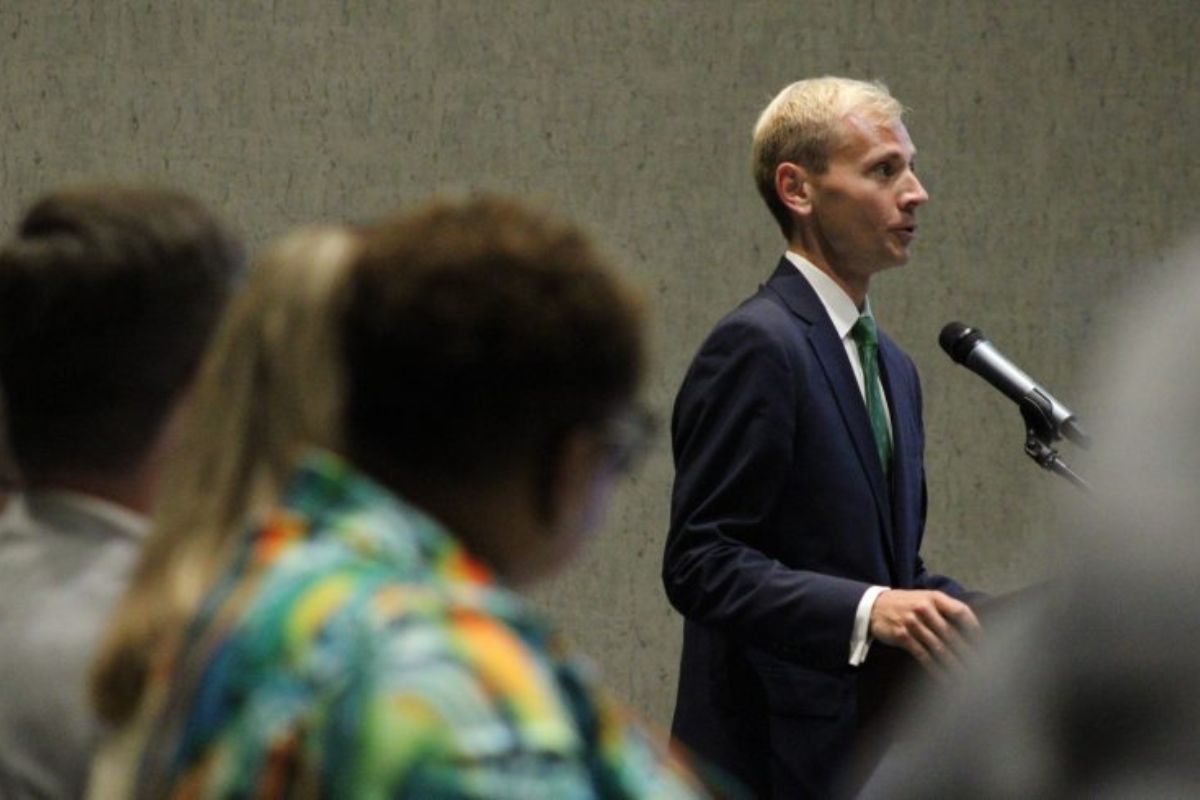Alabama Emphasizes Industry Input: Alabama’s approach to workforce development stands out for its unique focus on industry collaboration, a strategy that sets it apart from traditional workforce initiatives. By actively involving businesses in shaping training programs and policies, Alabama aims to bridge the gap between education and employment needs effectively. This industry-driven model holds promise for addressing critical skills shortages and boosting economic growth. The question remains: How does this approach translate into tangible outcomes for Alabama’s workforce and economy?
Key Takeaways
- Industry leaders directly shape policies through bodies like the Executive Committee.
- State Workforce Development Board coordinates efforts with industry input.
- Alabama restructuring includes enhancing industry involvement for streamlined operations.
- Future workforce development in Alabama focuses on maximizing benefits from industry engagement.
- Strategic planning and stakeholder collaboration key to navigating implementation challenges.
Introduction and Legislative Action
In response to the pressing need for workforce development reform, the Alabama Workforce Development Board has underscored the pivotal role of industry and business leaders in the state’s strategic initiatives. With Gov. Kay Ivey recently signing five bills aimed at transforming Alabama’s workforce development approach, the focus has shifted towards addressing the state’s low labor force participation rate of 57.5%.
The emphasis on increased involvement from industry and business leaders comes as a recognition of the essential role they play in shaping the workforce landscape. These legislative changes signal a proactive approach towards addressing the challenges faced by Alabama in optimizing its workforce potential.
By actively involving key stakeholders from industries, the state aims to create a more robust and responsive workforce development framework. The bills aim to not only boost labor force participation but also align the skills of the workforce with the evolving demands of the job market.
Through these strategic initiatives, Alabama is poised to cultivate a more dynamic and skilled workforce that can drive economic growth and prosperity in the state.
Legislative Changes
The recent legislative changes introduced by Sen. Steve Livingston have restructured the state’s workforce entities, consolidating them under the Alabama Department of Labor, soon to be renamed the Department of Workforce. This move aims to streamline operations and improve the efficiency of workforce development initiatives in Alabama.
Under this new structure, the State Workforce Development Board will play a pivotal role in overseeing and coordinating these efforts, ensuring a more cohesive approach to addressing the state’s workforce needs.
One of the key highlights of the legislative changes is the emphasis on enhancing industry input in shaping workforce development policies. Through bodies like the Executive Committee, industry stakeholders will have a more direct role in influencing decision-making processes, ensuring that workforce programs are aligned with the evolving needs of businesses in Alabama.

ALSO READ: USS Alabama Reveals New Teak Deck at Memorial Park
Implementation Challenges and Future Outlook
As Alabama progresses with the restructuring of its workforce entities and the integration of industry input, the focus now shifts towards addressing the implementation hurdles and shaping the future outlook of the state’s workforce development initiatives.
Matthew Dudley of the Workforce Development Board has highlighted the significant shift brought about by consolidating state entities within a year. Despite the transformation period extending until October 2025, Director Nick Moore has emphasized the critical importance of effectively implementing these changes. Moore stressed the pivotal role of industry players in influencing the trajectory of Alabama’s workforce landscape.
Navigating the implementation challenges posed by such a substantial restructuring will require strategic planning, stakeholder collaboration, and a keen understanding of industry needs. Ensuring a seamless progression and maximizing the benefits of industry engagement will be key focal points for Alabama’s workforce development efforts in the coming years.
News in Brief: Alabama Emphasizes Industry Input
Alabama’s focus on industry input in workforce development initiatives underscores the state’s dedication to aligning skills training programs with the demands of the job market.
By actively involving key stakeholders from various sectors, Alabama is able to create a more dynamic and responsive workforce ecosystem that can adapt to changing industry needs.
This collaborative approach not only enhances the relevance of workforce policies but also secures a more sustainable and prosperous future for the state’s labor market.

